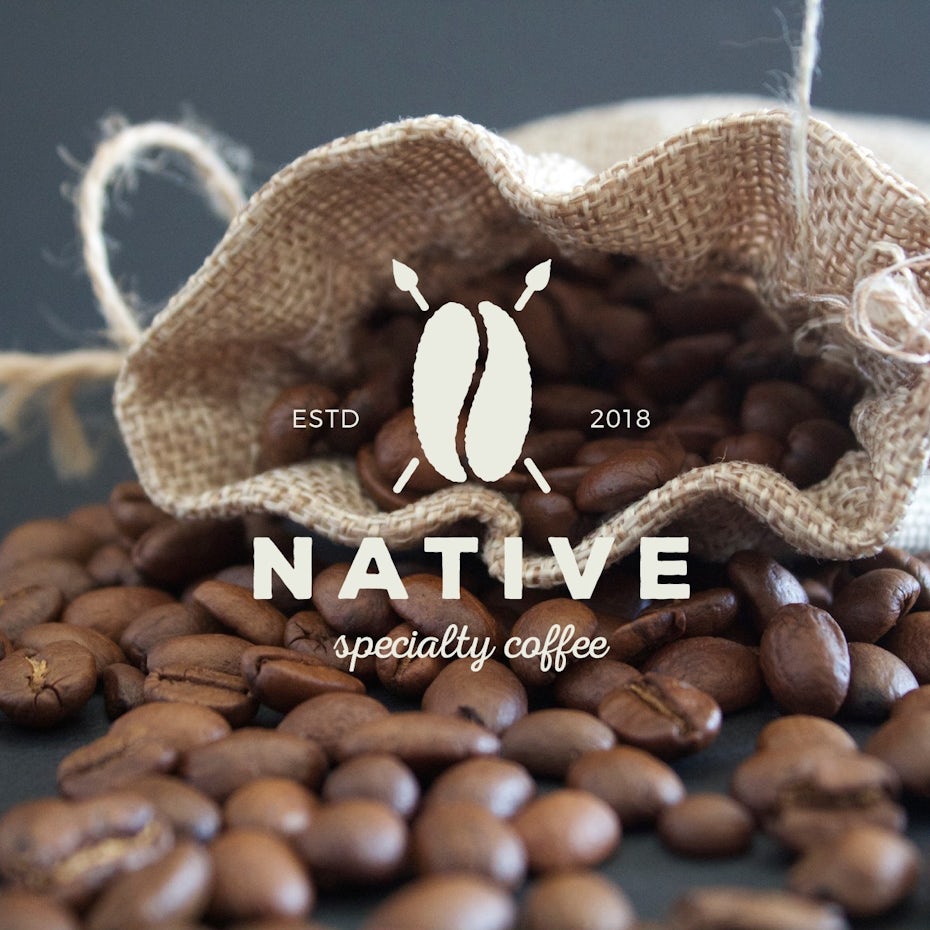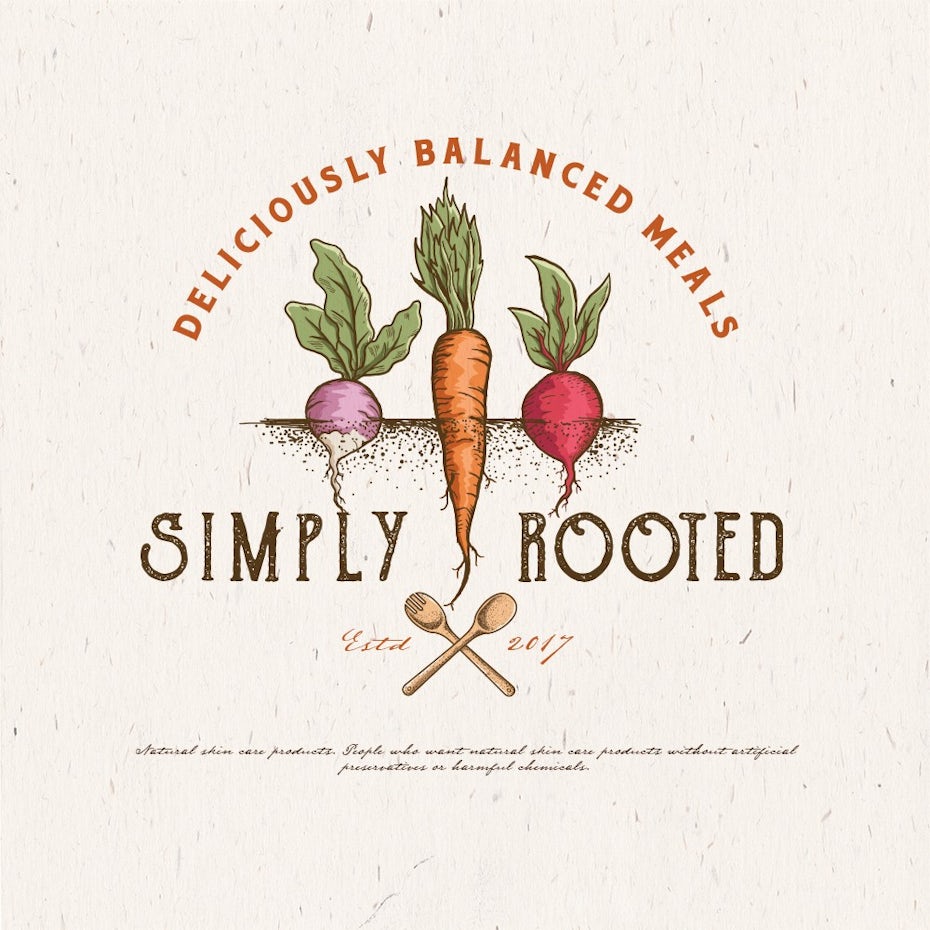ave you ever saw a big brand without a logo? No? That’s because there aren’t any. A logo has a major impact on how your customers will perceive your brand. So naturally, you want your logo to be outstanding. But how do you get there?
Don’t fret! This handy guide will teach you everything you need to know to design the perfect logo for you and your business. From defining your brand’s identity and understanding what makes a great logo, to making the right design choices and navigating the design process, read on to learn how to design a logo.
Here are the most important steps to designing a logo:
—
You may be asking yourself: How can I design my own logo? These are the steps you need to follow:
- Understand why you need a logo
- Define your brand identity
- Find inspiration for your design
- Check out the competition
- Choose your design style
- Find the right type of logo
- Pay attention to color
- Pick the right typography
- Communicate with your designer
- Evaluate your logo options
- What not to do when designing a logo
- Integrate your logo design into your brand
1. Understand why you need a logo. And why it needs to be great.
—

Business really is like dating—you’re trying to attract the right customers and make them fall head over heels in love with your brand. So think of your logo as the picture on your dating profile. It’s what’s going to make people take interest and try to learn more about you (or swipe left because you’re not for them). So you want to look your best, right?
Your logo will have a huge impact on the first impression your business is going to make: It will give your customers information about your brand and let them know if it’s right for them.
Because your logo is such an essential part of your brand, you want to make sure it’s done well. All your branding materials will have your logo on them. It’ll stare back at your customers from your website, your packaging, and your business cards. Make it count! A great, professional logo design not only has the power to communicate what you stand for. It will also make a good first impression and help you stand out from the competition.
2. Define your brand identity
—

You want your logo to communicate your brand’s personality. And in order to do that, you first need to understand what your brand’s core personality is. Once you have a clear idea of what makes you unique and what your brand is all about, it will be much easier for you to make design choices that complement and complete that picture.
Here are some questions you can ask yourself, to get to the bottom of your brand identity:
- Why did we start this business?
- What are the beliefs and values that are important to us as a company?
- What do we do better than anyone else?
- What makes us special?
- If we could describe our brand in three words, what would they be?
- What are the three words we would want our customers to use to describe us?
3. Find inspiration for your design
—
The hardest part of the design process can be the search for logo inspiration. Luckily we’ve got some tips for you that will make it really easy.
Start with a brainstorm

Perhaps you are a conceptual person and like to start off with collecting verbal ideas. A proper brainstorming session can be just what you need to pin down the look and feel you’re trying to achieve. Here are three steps that will help you draw out the best creative logo ideas:
1. Follow the rules of the brainstorm: Brainstorming is about getting all ideas out (even those really really bad ones) and writing them down. Even a horrible idea can spark a conversation that leads to a genius solution.
2. Think like your audience: Make a list of words that describe your brand and how you want it to be perceived. Think like a person in your target demographic and always remember what would be important to them.
3. Get everyone involved: A one-person-brainstorm is fine, but only diversity will make the magic happen. Bring in people from every department or even friends and business partners. The more perspectives, the better.

When it comes to brainstorming your logo, don’t be afraid of thinking out of the box and being a bit different. See how logos like the ones for Crypto Caveman and Sweet Trip cleverly combine ideas that you wouldn’t necessarily associate with each other—like cryptocurrencies and cavemen or a honey bee and a pin on a map? These original logo choices help them express the character and stand out from the crowd.
Make a mood board
If you’re a visual person, a mood board may be the perfect tool for you to get inspired. You can create an actual board by cutting out and pinning printed images or make a digital one (Pinterest would be the obvious choice here). Simply collect all the images you feel drawn to—those can be other logos, colour combinations, illustrations or graphics, go wild! You’ll see, your mood board will reflect what style and design features you are gravitating towards in no time. Need a good place to start? We suggest checking out the 99designs logo inspiration gallery.


Think about how your business can be visualized in your logo. Simply Rooted is all about local, down-to-earth food and their vintage logo perfectly reflects that with hand drew root vegetables. If you’re striving for a similar aesthetic, your mood board might include images of vintage logos, handmade illustrations and organic shapes and colors. Or take a look how the Rugged logo visualizes their “rugged” brand identity in a bold and rough looking word mark but still includes a luxurious vibe with a reflective gold effect. Your mood board gives you the opportunity to pull all these elements









0 Comments